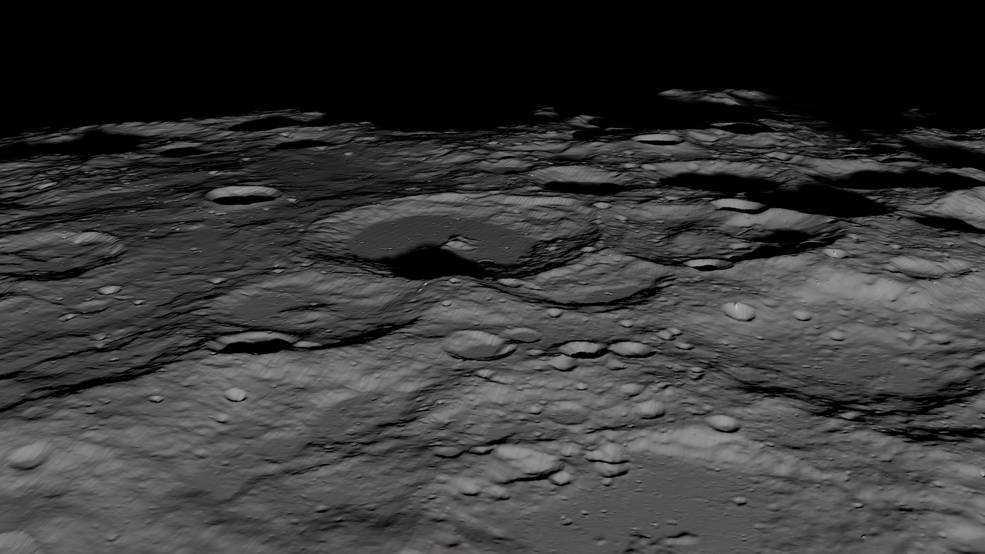
During a NASA press conference on Monday, researchers of two studies published in the journal Nature Astronomy presented their respective findings, confirming that water is a relatively plentiful lunar presence, with molecules trapped within mineral grains on the surface and more water perhaps hidden in ice patches residing in permanent shadows.
Molecular water on lunar surface
This means water does not only exist at the lunar poles, but also in the sunlit part of the moon and regions that have been devoid of sunlight.
They believe this discovery could prove important to future astronauts and robotic missions seeking to extract and use water for drinking supply or as a fuel ingredient.
In the first study, researchers used the agency’s Stratospheric Observatory for Infrared Astronomy airborne telescope — also known as SOFIA — to observe the moon at a wavelength that revealed the signature of molecular water or H2O trapped within natural glasses or between debris grains.
“Water could be much more widespread in the moon’s polar regions than previously thought, making it easier to access, extract and analyze”
Paul Hayne, scientist, University of Colorado
While research 11 years ago indicated water was relatively widespread in small amounts on the moon, this is the first time that detection of water molecules on the lunar surface has been confirmed. Previous observations have suffered from ambiguity between water and its molecular cousin hydroxyl, but the new detection used a method that yielded unambiguous findings.
The only way for this water to survive on the sunlit lunar surfaces where it was observed was to be embedded within mineral grains, protecting it from the frigid and foreboding environment, the study suggested.
“A lot of people think that the detection I’ve made is water ice, which is not true. It’s just the water molecules — because they’re so spread out they don’t interact with each other to form water ice or even liquid water,” Casey Honniball, the scientist who led the team at NASA’s Goddard Space Flight Center in Maryland said.
Widespread ice
At the same time, another team led by planetary scientist Paul Hayne of the University of Colorado, Boulder reported that the moon possesses roughly 15,000 square miles (40,000 square kilometres) of permanent shadows that potentially could harbor hidden pockets of water in the form of ice.
Using data from NASA’s Lunar Reconnaissance Orbiter spacecraft, the team focused on so-called cold traps on the moon, regions of its surface that exist in a state of perpetual darkness where temperatures are below about negative 260 degrees Fahrenheit (negative 163 degrees Celsius). It is believed some of these cold traps may have evaded the sun for billions of years.
“If you can imagine standing on the surface of the moon near one of its poles, you would see shadows all over the place,” Hayne said during the press conference. “Many of those tiny shadows could be full of ice.”
“Our results suggest that water could be much more widespread in the moon’s polar regions than previously thought, making it easier to access, extract and analyze,” he added.
(With files from Reuters)




